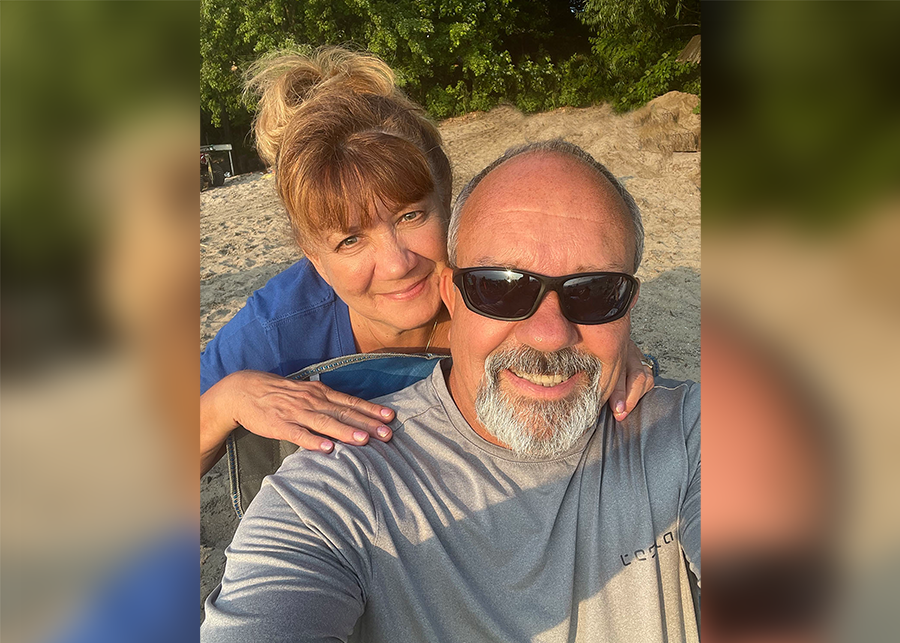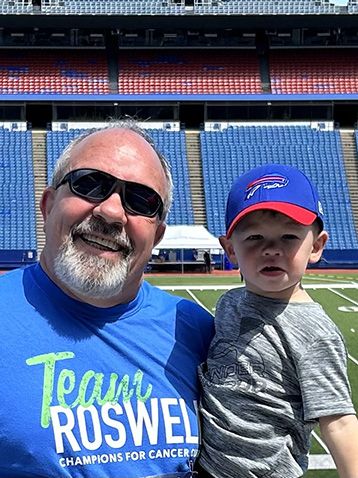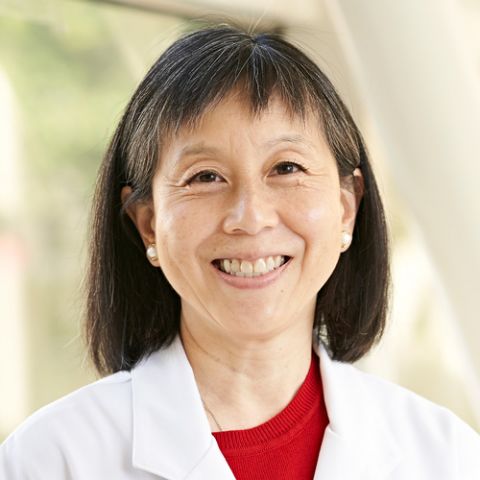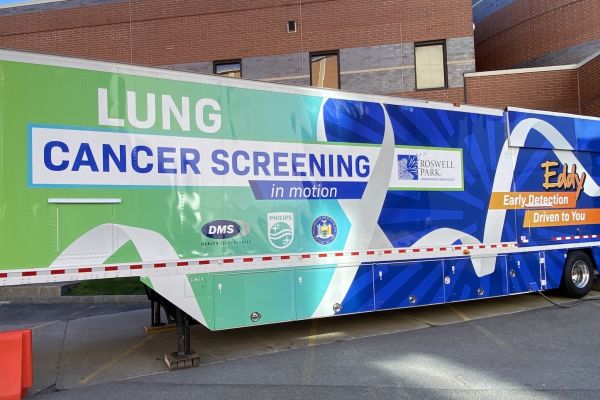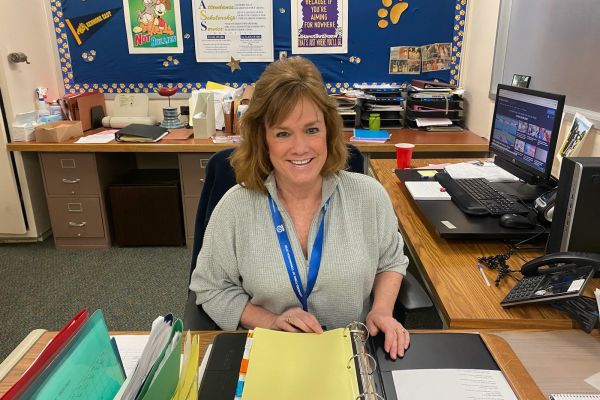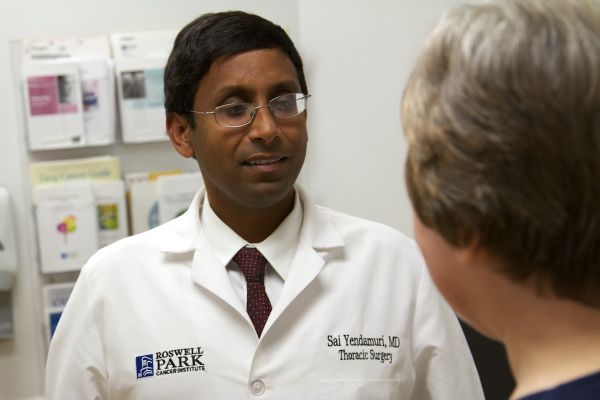Jim Abbatoy could not figure out what was going on. He and his wife Barb were in Florida in May 2022, a normal vacation for them, when he started feeling very sick overnight. In the morning, he felt fine.
“I woke up in the middle of the night with weird symptoms, but they were the kind you could kind of brush off,” he says. “I woke up freezing and would tell myself ‘You’re in Florida, you have the air conditioner up too high.’ Then during the day, my legs were swelling up and my feet were sore and puffy, but I figured that was the heat and we were walking a lot during the day.”
The symptoms continued during their vacation but got worse after Jim and his wife came back home. “What really got my attention was a lot of things were happening in the middle of the night, but by morning I’d be fine. It was sort of baffling to all the doctors, too. I’d wake up at night and couldn’t get warm. It’s August and I’m wearing a fleece robe and a fleece blanket yet shivering uncontrollably. I’d go to walk downstairs and I was walking like an old man, my legs were all wobbly. I could barely get down the stairs but, by the time morning came, I was normal.”
Jim could almost predict when his unusual symptoms would start to set in and, after a while, called a cardiologist to see if he was having a problem with his heart. “My sinuses would feel like they were clogging up, and then it would move from there into my jaw, neck and chest. There was a burning in my left armpit and pain that radiated down to the bottom of my feet. An hour and a half later, I was fine, outside planting gardens.”
Initial bloodwork was fine — his cardiologist didn’t identify any problems with his heart. A visit to an endocrinologist and, later, a rheumatologist, turned up nothing out of the ordinary. His symptoms continued, as did his concern. Finally, his primary care doctor got an earful from Jim and sent him for a full-body low-dose CT.
An answer to the symptoms
The scan solved the mystery of Jim’s symptoms: a 2.8-centimeter mass on his lung, an early-stage lung cancer. His next stop was a visit to Roswell Park Comprehensive Cancer Center.
Jim’s mother was also diagnosed with lung cancer; unfortunately, her cancer was found too late for effective treatment. His father died from heart disease, which is what Jim thought he might be dealing with when his symptoms flared up.
He remains grateful that his disease, while very unexpected, was caught early and that his doctor, Elisabeth Dexter, MD, FACS, an attending surgeon in the Department of Thoracic Surgery at Roswell Park, had a clear vision for how to treat his cancer.
Jim was "a real trooper, as it took about two months from the time I met him to the time when he had his tumor removed," Dr. Dexter recalls. "He had to deal with his symptoms and was being seen by multiple specialists to try to figure out his symptoms, including a rheumatologist, neurologist and immunologist. His presentation with paraneoplastic syndrome symptoms is unusual, as most patients with these symptoms have small-cell carcinoma, but he had adenocarcinoma. We were not sure his symptoms were due to his cancer until his symptoms resolved after his lung tumor was removed."
The original course of treatment was going to involve removing one lobe in his left lung, but "when they went in there, they realized they only needed to take out half of it,” Jim says. “The day after the surgery, it was like somebody flipped a switch. All my symptoms went away.”
Tests conducted on the removed tissue determined the cancer had not spread to his lymph nodes or beyond the area that had been removed, meaning Jim did not need chemotherapy or radiation. His only remaining indication that he ever had cancer is an occasional hoarseness in his voice.
Why Roswell Park for lung cancer?
We offer treatments at the forefront of cancer care, plus clinicians with the knowledge and experience to use them.
Learn moreJoining the Climb
A few months after his successful surgery, Jim was at home when he saw a commercial for the Fight for Air Climb, an event sponsored by the American Lung Association at Highmark Stadium where people go up and down half the steps above the football field, from one side of the 50-yard line to the other.
“It looked like something I should consider,” he says. “I thought I should do something to sort of give back a little.” He signed up and became the first patient on the Roswell Park team, creating a lot of excitement among the group.
In addition to surviving lung cancer, Jim was diagnosed with an aortic aneurysm, but his doctors told him not to worry too much about that. He didn’t – until the day of the climb approached.
“I told Dr. Dexter about it and she said it would be okay if I took it easy. I said ‘I already raised the money, I know for a fact there’s nobody that’s going to be upset if I don’t finish. If I get tired, there are 70,000 seats in that stadium, I’m just going to sit,’” he says with a chuckle.
The first few flights of stairs weren’t bad, with the trip back down a little more challenging than those going up into the stadium “because the stairs are just wide enough that either you have to shuffle and take two steps per stair, or you have to run,” he says. He completed the event in an hour and 14 minutes, according to his official time; he says the real time is closer to 19 minutes but he didn’t realize he crossed the invisible line that set off his timer much sooner than he started taking the steps. “If I feel spunky and do it again next year, maybe I’ll make sure I don’t put the number on early,” he says.
Jim and his family continue to be thrilled with their treatment at Roswell Park. “I can’t say enough about that hospital. It was everything. The impression from the patient is that everyone seems really pleasant and glad to be there. We are truly blessed to have such a great cancer hospital in our backyard.”
Now that he’s retired after nearly 30 years in the U.S. Army, Jim is enjoying his summer on the water, on his boat, and spending time with his young grandson.
Editor’s Note: Cancer patient outcomes and experiences may vary, even for those with the same type of cancer. An individual patient’s story should not be used as a prediction of how another patient will respond to treatment. Roswell Park is transparent about the survival rates of our patients as compared to national standards, and provides this information, when available, within the cancer type sections of this website.
